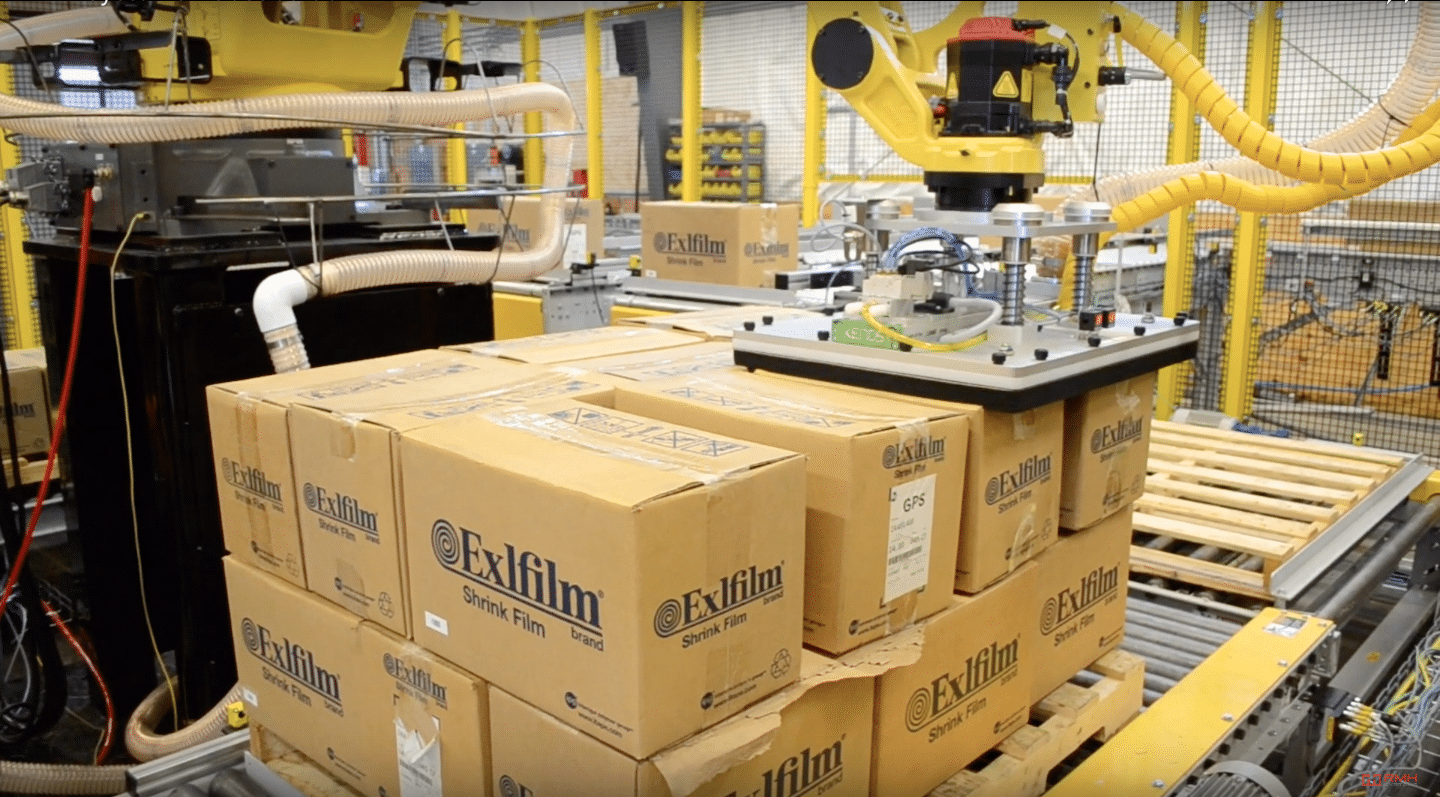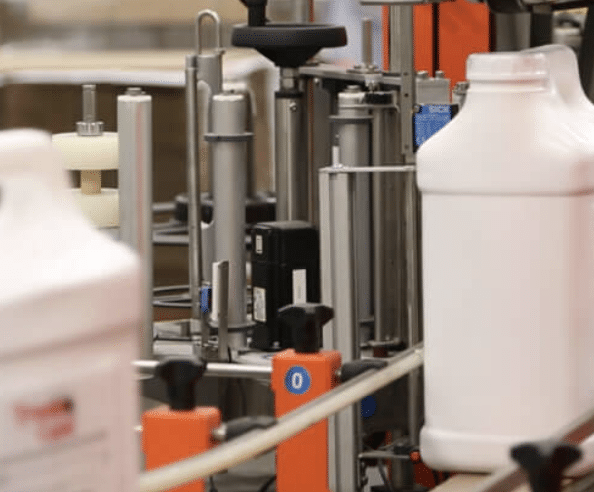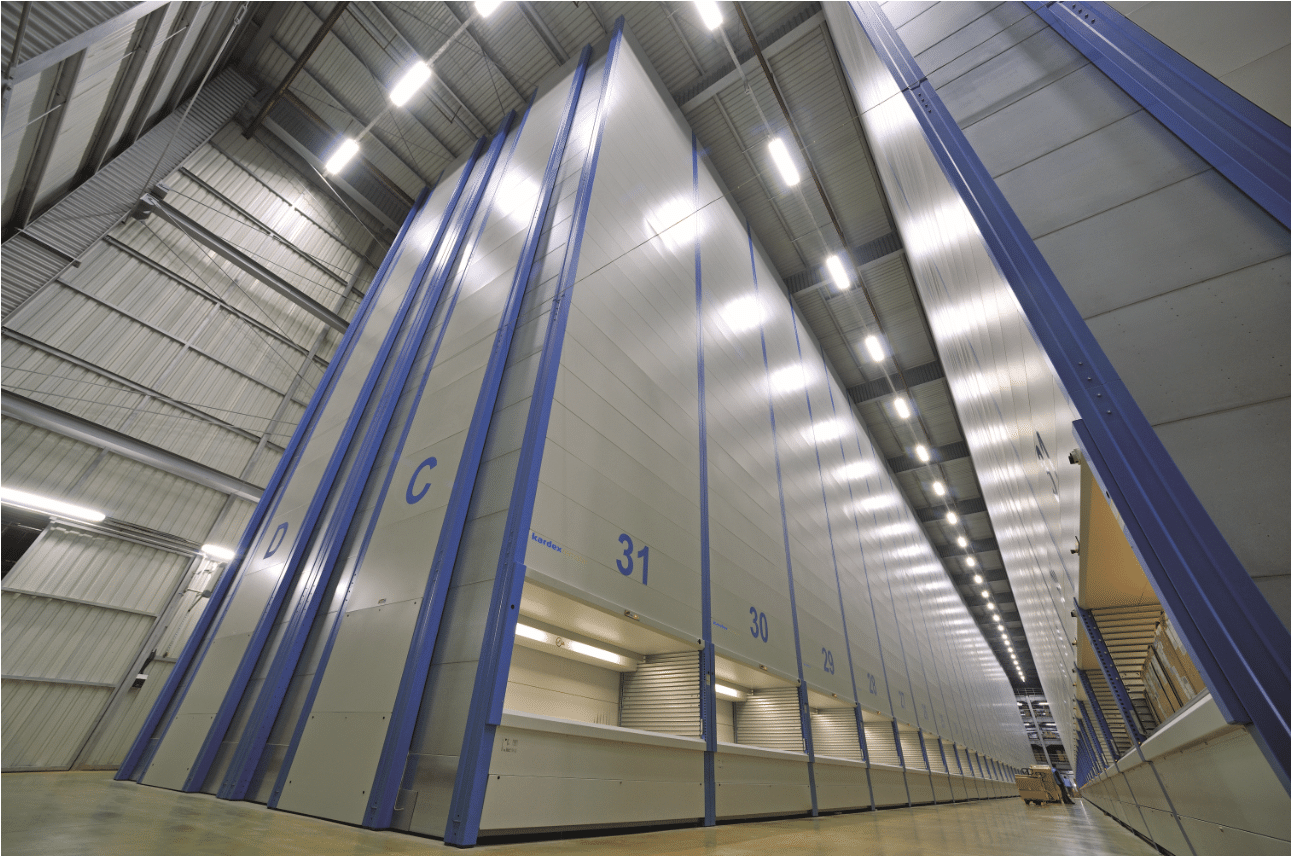Many warehouse managers are still getting on board with the idea of automating their facilities. With an unstable economy, it’s reasonable to balk at the expenses of fully automating your operations. In reality, the costs of manual operations are just as great of a threat to warehouses that aren’t keeping up with customer demand.
Obviously, automation reduces the top cost of any warehouse: labor. By eliminating the most tedious and dangerous tasks within a facility, warehouses that have moved forward with robotics and automation are seeing fewer injuries, fewer product returns, faster production, and less turnover — all contributing to a notable ROI on automated equipment.
So, how do you reduce warehouse costs with automation? Here are three areas to focus on:
Automate repetitive, injury-prone tasks that cost you in labor and worker’s compensation fees.
Eliminate the manual tasks in your facility that result in the most product damage, shipping errors, or product returns through automation.
Optimize your warehouse with automated storage and retrieval systems. You’ll open up floor space and gain much more efficiency.
If you can focus on those three steps, you’re on your way to a more efficient and profitable warehouse. Let’s take a closer look at each of the three steps so you can determine what’s right for your facility.
Automate the most repetitive or injury-prone tasks
How this reduces warehouse costs: Lowers employee turnover, labor, and worker’s compensation costs.
Safety is a top priority for the manufacturing sector. According to research by the US Department of Labor Statistics, there were 5 workplace injuries for every 100 full-time workers in the warehouse/storage industry. These workplace injuries can pose serious harm to your employees and can lead to delays or shutdowns of processes in your warehouse. Mitigating safety risks requires investment upfront, but provides long-term protection.

Take a close look at your warehouse’s current operations and identify which manual tasks lead to the greatest expenses. These will likely be tasks with repetitive movement which can lead to injury and high turnover. Picking and lifting tasks are two motions that can lead to workplace injuries, costing your business on top of standard wages. Integrating robotics into your warehouse will be a higher expense upfront, but will pay dividends down the line as you’ll be saving on wages, and potentially worker’s comp dues.
Eliminate the processes that lead to the most mistakes or product damage
How this reduces warehouse costs: Reduces the number of product returns, keeps customer satisfaction high, eliminates costly mistakes in picking, shipping or handling.
Product returns due to erroneous shipping or product defects can add up quickly. But as an operations manager, you can take back control of your revenue with automated equipment. Automated warehouse equipment like autonomous mobile robots (AMRs), robotic palletizers, and conveying systems can work quickly and accurately to reduce handling and shipping errors.

Make better use of your floor space
How this reduces warehouse costs: Allows you to better optimize your warehouse’s floor space.
The average size of a warehouse today is more than 180,000 square feet, compared to 127,000 square feet from 2000-06, and has been steadily growing since. Due to increased footprints, average warehouse renting rates have increased by a massive 28% between 2011 and 2015. With the growth of the eCommerce sector, companies are expected to store and move more products to meet growing demand. Real estate is expensive, and moving can be extremely disruptive. Warehouses that need extra space are turning to automation to create more real estate.

Automated storage and retrieval systems (ASRS) are a great way to take advantage of current real estate. By automating these processes, the movement, storage, and retrieval of products are more efficient and require less space. Vertical lift modules (or VLMs) can save up to 85%+ of floor space otherwise taken up by traditional racking and storage solutions.
A distribution customer of RMH Systems recently installed four VLMs to one of their distribution centers. Historically, an operator could pick 80 orders per hour. With the new VLM system, one operator can pick up to 280 orders per hour. This customer gained thousands of square feet in floor space where the product was stored on shelving.
Cut Down Your Warehouse’s Cost With Help From RMH Systems
If you’ve been wondering how to reduce warehouse costs, automation is a powerful solution. At RMH Systems, we work closely with warehouse managers to develop custom solutions that increase efficiency, productivity, and profitability. Reach out to our team about modernizing your facility with automated systems.